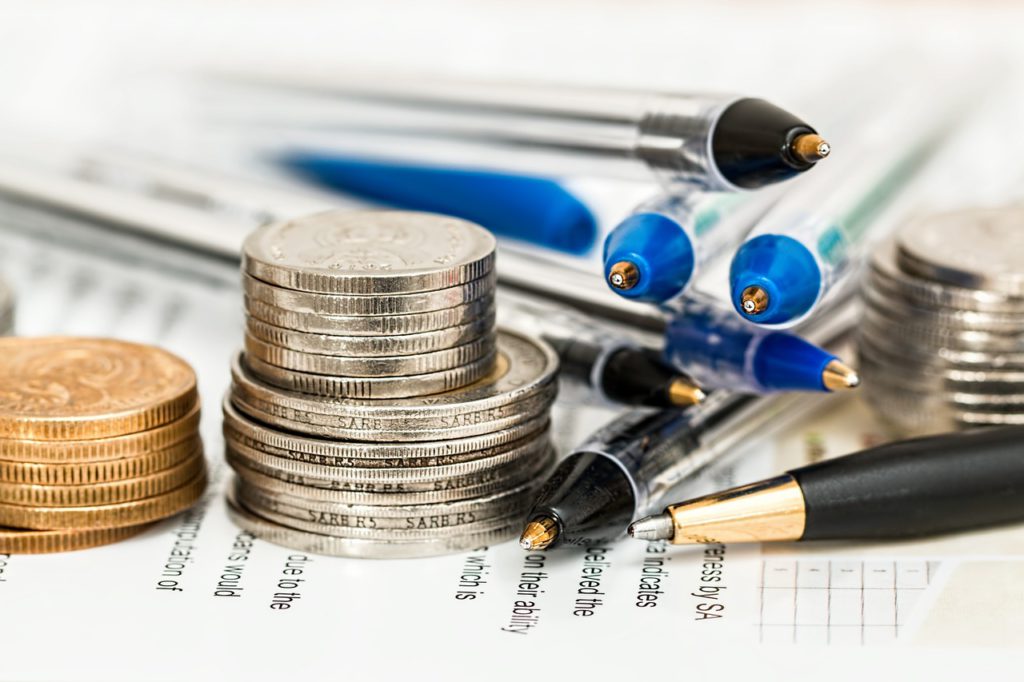The Visa Back to Business Study
Author: Andrew Woolston (Intern)
Reviewed by: Ralph DiFiore (CCO), Marcus Magarian, Chris Gioffre
The Visa Back to Business Study provides a look into changes seen in SMBs over the past year. COVID-19 changed day-to-day operations and payment processing, causing small business owners to be creative and adapt. Three key areas saw changes resulting from the pandemic: the business, the consumer, and 2021 outlook.
Businesses
Businesses have accelerated digital transformation efforts in lieu of COVID. As a result of the need for contactless payments, SMBs needed to adapt to survive the pandemic. Globally, in winter 2021, 82% of SMB owners have made updates to their operations to meet the new demands brought on by the pandemic – up 15% from summer 2020. Adjustments include, but are not limited to, selling products and services online (43%), accepting contactless payments (39%), target advertising on social media (38%), and digitizing business functions like backend payment operations (30%).
Consumers
Consumers are shifting preferences toward digitized payments in both the near and long term. To avoid contaminants and possible exposure to the virus, 56% of consumers have used contactless payments whenever possible. Powered by Covid-wary consumers concerned about interactions at the point-of-sale, we have seen a 19% increase in the amount of SMBs that offer contactless payments (20% in June 2020 to 39% currently). These shifts of consumer and business behavior toward a digitized marketplace will stay post-pandemic. Almost two-thirds of consumers say that post-vaccine, they would prefer to use contactless payments as much as, or even more than, they are currently. Furthermore, 75% expect consumers to prefer contactless payments even after a vaccine is widely available.
2021 Growth
United States businesses will be integrating innovative payment plans and transforming backend payment operations to keep up with demand in the remainder of 2021. Two areas to watch in 2021 are “buy now, pay later” platform growth in the U.S. and the digitizing of backend payment operations. Consumers are expecting greater speed, flexibility, and convenience when it comes to making payments. The U.S. lags behind foreign acceptance of these payment plans. “Buy now, pay later” platforms in the U.S. have grown 2.5x faster than credit cards. Coming in 2021, expect to see growing adoption of these systems domestically. 36% of small businesses believe that allowing for installments for online payments is imperative to meet consumer demands. Additionally, 31% of small businesses believe that investment in digitized backend payment operations is necessary to meet consumer expectations.
2022 Expectations

The elimination of pandemic risks will not significantly alter consumer behavior in 2022.
As of February 2021, Americans anticipate 389 days until the physical world, as we saw in March of 2020, will be back. Restoration of normality will involve a few key factors: a decrease in COVID-19 cases, a vaccine, availability of a treatment, the U.S. CDC reporting that travel is safe, the government relaxing restrictions, large-scale testing for COVID-19, and public schools reopening. Although we will see the key factors addressed during the remainder of 2021 and moving into 2022, consumer behavior will not drastically change. 75.4% of consumers will maintain at least some of their pandemic behaviors regarding how they eat. 78% will maintain at least some of their behavior in how they shop for groceries. 77.3% will maintain at least some pandemic behavior when shopping in general. 78.8% of consumers will keep some pandemic behaviors in any facet.[1] The evolution of SMBs and consumer behavior resulting from the pandemic will remain present for the foreseeable future
Latest Posts
- Alessandro Bianchi Joins Riddec as Exclusive Advisor to Drive Growth and Capital Raising
- Chatsworth Client ZoomCar Achieves a Public Listing
- Revolutionizing the AI Landscape: An Insider’s Look at ZMBIZI’s Web 3 Mobile AI Platform
- How Can French Technology Companies Leverage the United States for Growth?
- How Do Rising Interest Rates Impact a Technology Company’s Ability to Fundraise in 2023?
Archive
- March 2025
- January 2024
- January 2023
- October 2022
- June 2022
- May 2022
- February 2022
- December 2021
- November 2021
- October 2021
- September 2021
- August 2021
- July 2021
- June 2021
[1] https://www.pymnts.com/digital-payments/2021/what-consumers-say-about-the-reopening-of-the-physical-world-and-what-it-means-for-business/
